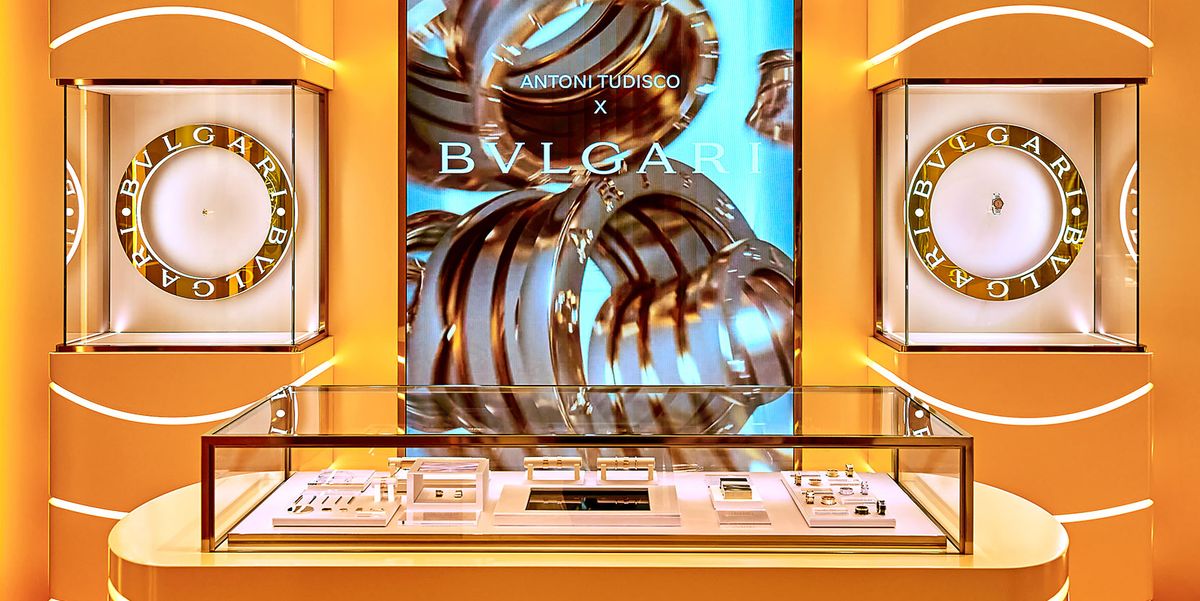10 Tips From the Pros
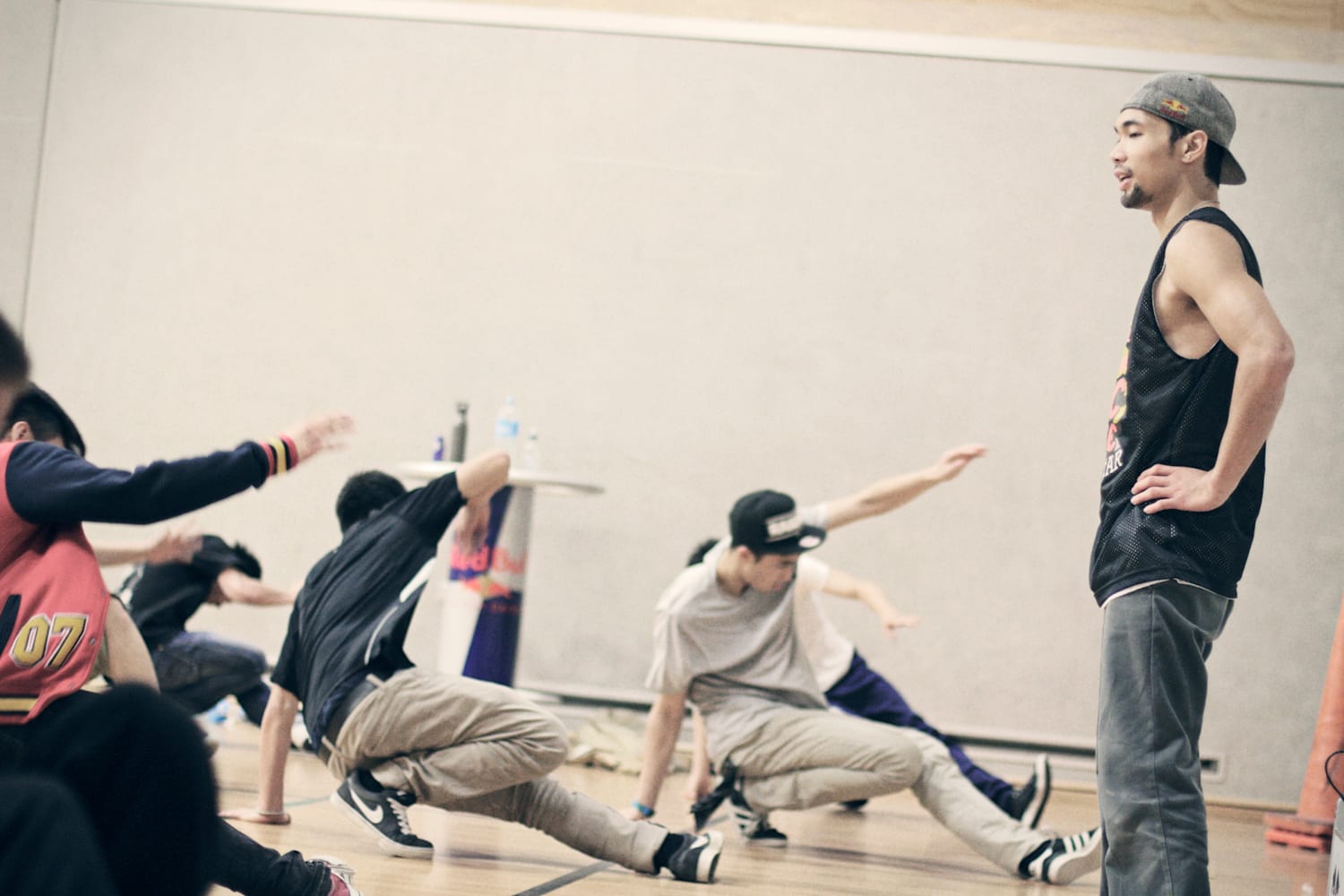
Creating movement from scratch to encompass the feeling, rhythm, and theme of a song takes a little imagination and some work, whether you’re a beginner or getting ready for a big performance. When you’re including the movements and dance phrases for multiple performers, too, choreographing a dance can get quite complicated. That’s why we’re giving you some top pro tips on how to choreograph a dance when you’re feeling stuck, including methods you can use to step outside the box and spice up your routine.
1. Study the Music
If you know what music you want to choreograph your dance to, start studying. Go beyond creating movements based on the rhythm and beat of the song, and study the lyrics, the emotion, and the meaning behind the song. You can find inspiration from the feelings you get when you read the words, and embrace the emotion the artist puts into the song.
B-boy Junior holds a breaking workshop at Red Bull BC One Camp in Mumbai
© Ali Bharmal / Red Bull Content Pool
2. Watch the Pros
3. Plan for Audience and Venue
Think about who your performance or event is for. Consider the venue you’re performing at, too, because your dance environment can help you find ways to creatively express emotion. Lighting, sound, and the overall ambiance of your venue can help you design dances that incorporate mood and emotion to connect with the audience during your performance.
4. Think About Dance Style
Kid David poses for a portrait at Red Bull Dance Your Style USA Finals
© Carlo Cruz/Red Bull Content Pool
5. Focus on the Basic Elements
Focus on one (or several) of the most basic elements of dance: shape, form, space, time, and energy. For form, you can focus on designing phrases and steps based on a specific form from nature, like an animal or landform. Use your stage space to showcase explosive energy and give certain aspects of your performance a punch of emotion that keeps your audience engaged.
6. Don’t Start at the Beginning
7. Try Choreographing Without Music
Dance in silence. It might seem like a crazy idea since you’re choreographing the dance to a specific song. However, just letting your body move and flow with different tunes you imagine can help you step outside your comfort zone and incorporate challenging moves and dance steps that you might not have thought to pair with a song or score. When you discover something you like, pair it with other steps you’ve already developed and start fitting your moves to the music.
Poppin C shows off his moves during a photoshoot in Lausanne
© Torvioll Jashari / Red Bull Content Pool
8. Embrace Post-Modernism
9. Incorporate the Classics
10. Use Other Art Forms as Inspiration
Don’t just focus on music and dance. Look at all kinds of art forms, from two-dimensional paintings to live art performances. Take note of the different emotions and use of space, shapes, and forms that different artworks incorporate, and think about your interpretations and how you can convey that in movement. Use this as fuel for your inspiration when choreographing short phrases. Keep up to date on new forms of art to get inspired and avoid the dreaded writer’s block (for dancers).
More Pro Tips to Choreograph a Dance
-
Tell the music’s story through your movements
-
Keep practicing with imaginative steps
-
Be determined to learn from your mistakes
-
Challenge yourself with unique rhythms, styles, and techniques
-
Plan out your most impactful elements then work in additional steps around those
-
Keep practicing your choreographing techniques
-
Don’t be afraid to learn something new
One of the most important things to keep in mind when choreographing a dance, though, is to embrace diversity. Don’t be afraid to do something different or outside the norm. Try incorporating new styles or steps to make your dance fresh, and study all types of art to get excited about your work. The more you challenge yourself to think outside the box, the more creative and unique you can be with your choreography.



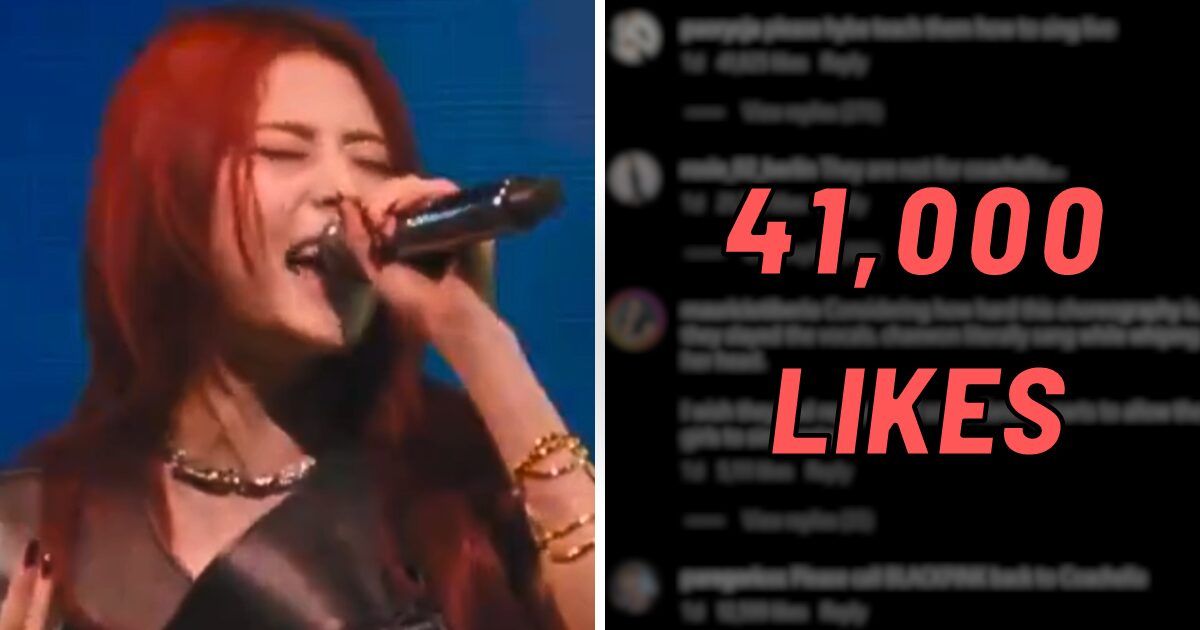
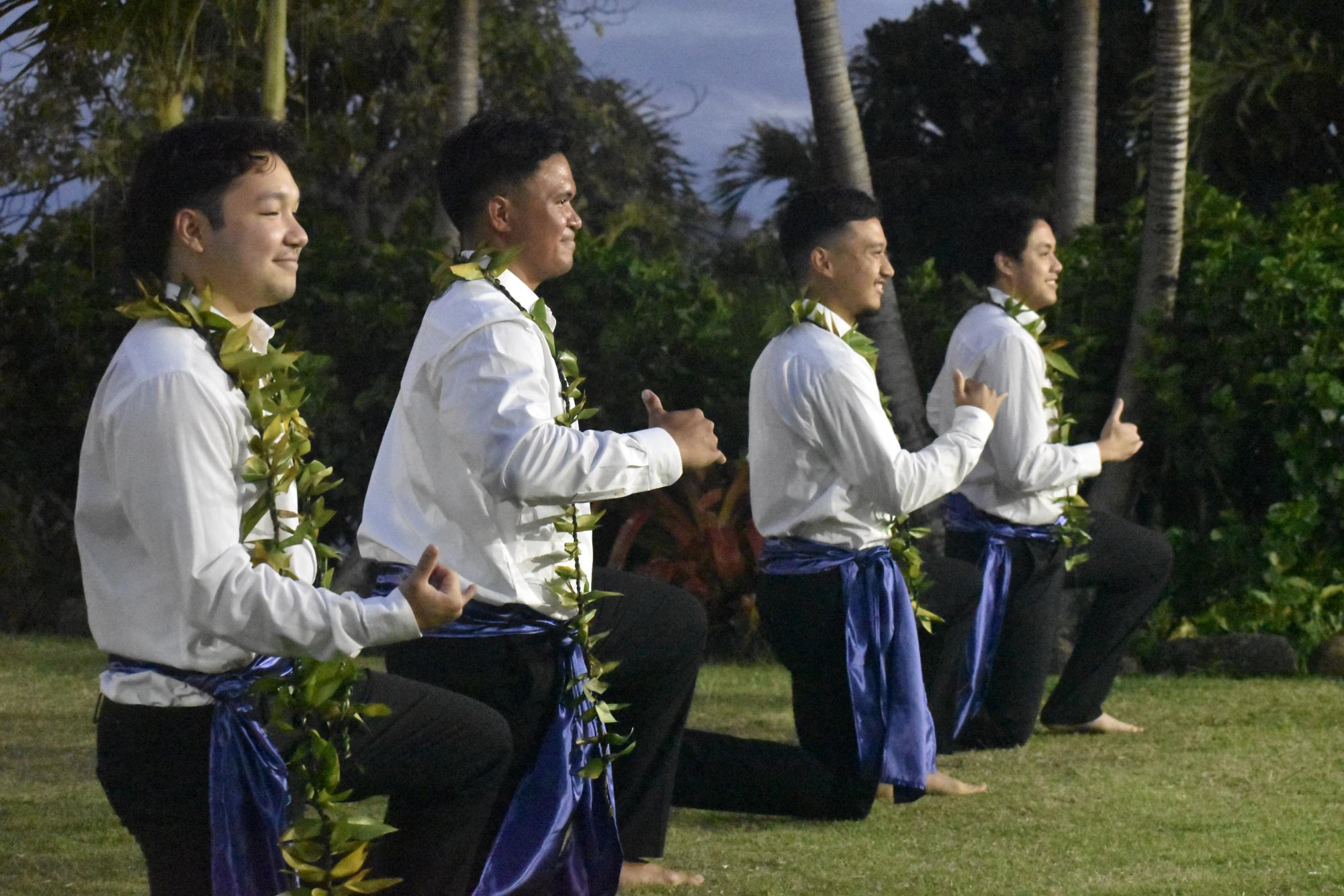
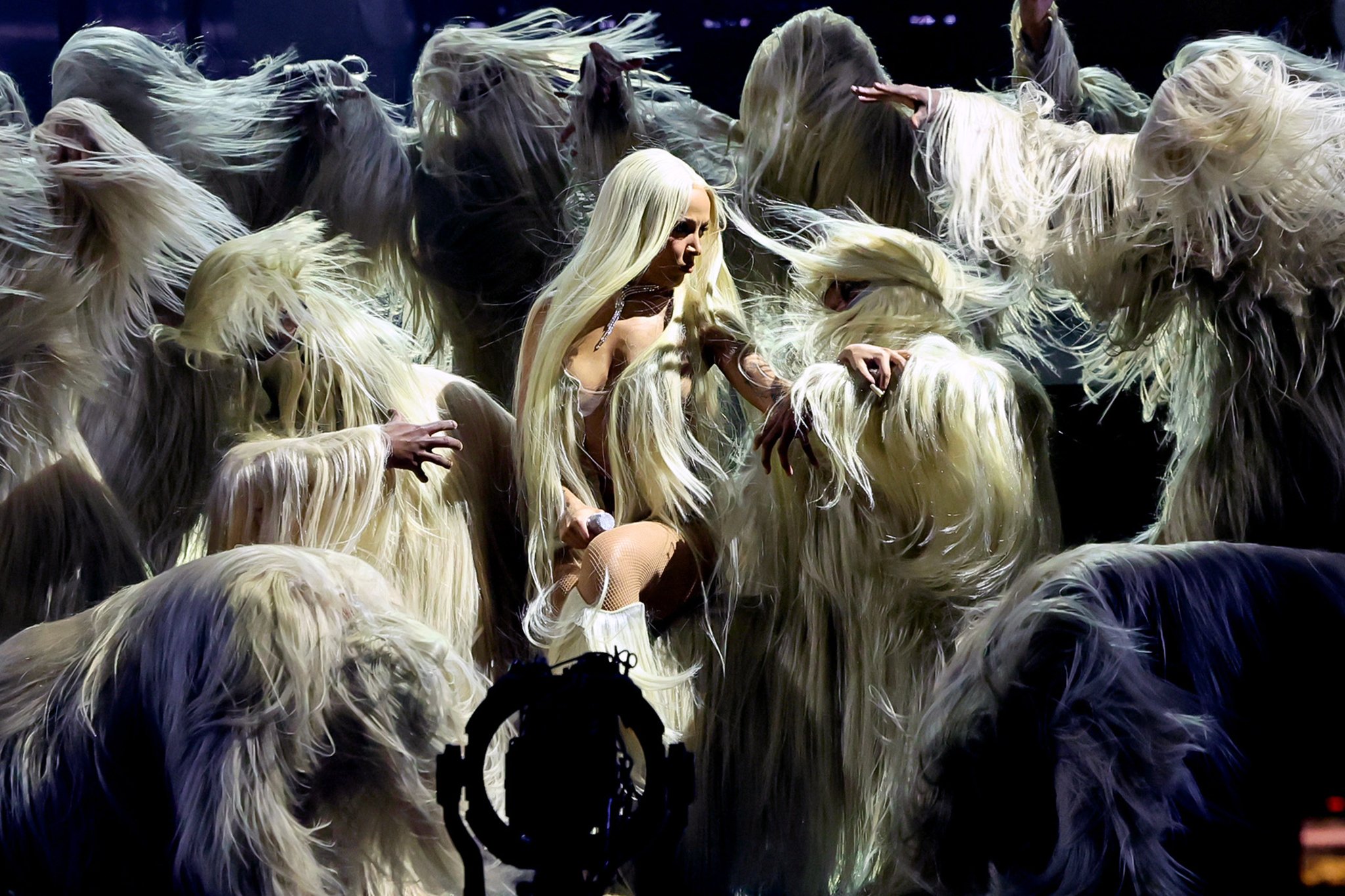
.jpeg)
